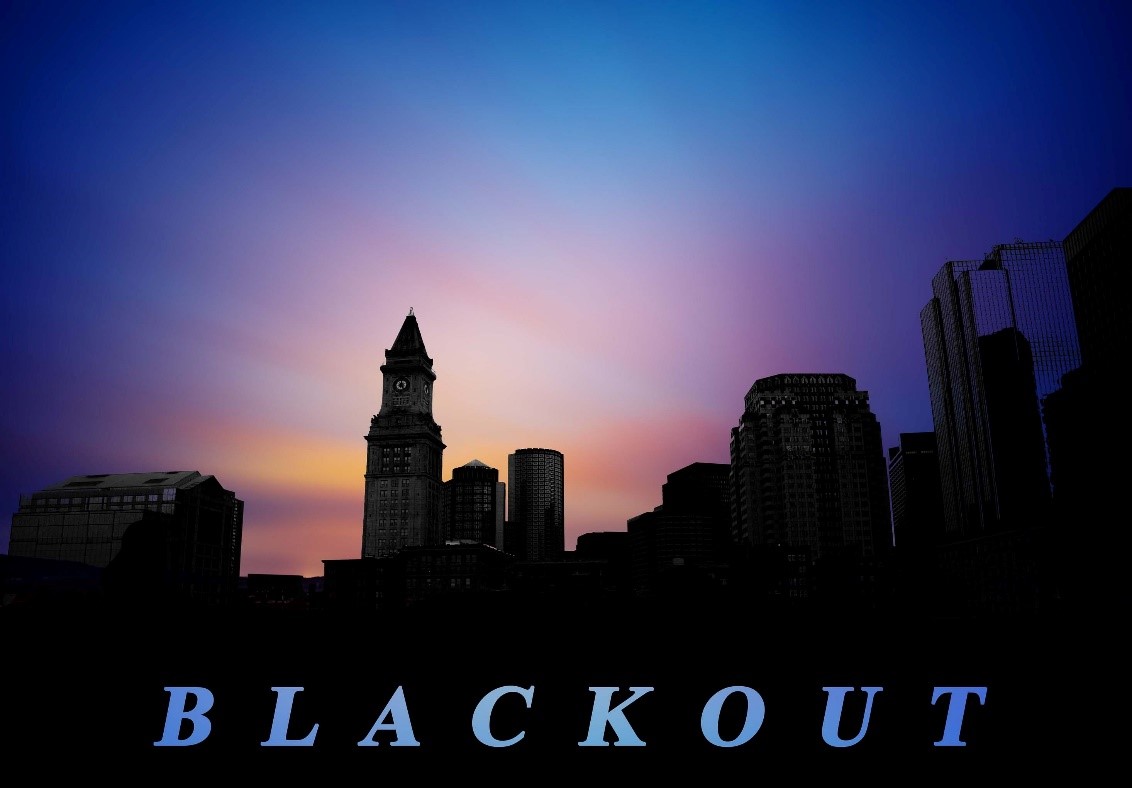A plan for three-hour blackouts has been revealed in government documents – and they show the time your home would be affected
The Electricity Supply Emergency Code (ESEC)
The Electricity Supply Emergency Code (ESEC) gives the PM sweeping powers to introduce rolling blackouts across the UK to conserve electricity if needed.
Blackouts could be introduced in case of an emergency scenario where there is a massive shortage of gas.
Government documents, which were created before the current energy crisis, show how this would play out.
National Grid warning
It comes as the National Grid warned that there might not be enough power for the country if the energy crisis continues.
Power cuts could become a regular occurrence during the coldest nights of January and February if electricity generators run out of gas.
And households could be paid to reduce their energy use in peak hours to help reduce the chances of blackouts.
Several stages
The government plans are split into several stages depending on the severity of the shortage.
The blackouts would take place only in the event of an energy crisis, where gas supplies are lower and especially colder temperatures this winter push up demand.
In its winter outlook, the National Grid warned if this happens “customers could be without power for pre-defined periods during a day – generally this is assumed to be for 3-hour blocks.”
First stage
The government documents reveal in the first stage that there would be direct appeals to the public to reduce their power consumption.
The second is slapping restrictions on companies’ electricity usage by requiring them to drop their consumption by a certain percentage.
The final stage, dubbed “rota disconnections”, would be rolling blackouts for homes across the UK.
When could blackouts take place?
The documents also break down where and when the blackouts could take place in an emergency scenario using “load blocks”.
Power in Britain is provided by a handful of suppliers which divide their distribution into 18 of these blocks, which work like postcodes.
Each “block” is assigned a letter between A and U, except for the letters F, I and O, which are not used.
In your electricity bill
You’ll be able to find yours in an electricity bill. If not, get in touch with your provider to find out.
To work out the time you would be affected in the event of power cuts are announced this winter, check the images below, which show different stages of the plans.
For example, if your home comes under block A, you will have a power cut on Mondays at 12:30am to 3:30am.
Where you live and how power is supplied
These blackouts will be based on where you live and how power is supplied to your home, which means your neighbours might not experience a blackout while you do.
Households belonging to each “load block” are scattered across the country, so one area isn’t in complete blackout at the same time.
Blackouts could occur every day of the week in eight three-hour slots, with the first starting at 00:30 to 3:30am and ending with 9:30pm to 12:30am, according to the documents.
There’s no certainty there will be blackouts of course, as it depends on the gas supplies at the time and demand on the network.
Flow of gas to Europe has stopped
The risk is that since Russia’s flow of gas to Europe has stopped there is less supply which can be imported to Britain.
Europe has been so short of energy over the summer that British generators have been exporting more energy to France.
Colder temperatures during the winter naturally lead to more energy being consumed as people turn the heating on and must use electricity for longer periods of the day.
Blackouts since the 1970s
If power cuts do go ahead, it will be the first time there have been controlled blackouts since the 1970s.
And it’s unlikely that the country would reach the highest level.
Power cuts will be based on 18 levels of severity which differ depending on the availability of gas supplies.
The first would see rolling blackouts three to four times a week, either at the start or the end of the week.
Availability of gas supplies
Level two would see power cuts occur six times a week and level three will disrupt electricity flows to households for 27 hours a week.
Level nine is the point at which homes face spending more time without power than with while the most feared scenario is a “total shutdown” of power supply indefinitely.
Protected sites
Certain “protected sites” like hospitals, food manufacturers, oil refineries, some ports, financial services, essential water and sewerage installations, major airports and digital and telecommunication services will dodge the worst of it.
They may be forced to reduce consumption in the worst of circumstances, while priority is given to the “maintenance of life” and to “minimising the risk of disasters”.
Meanwhile, the BBC has prepared secret scripts for use during blackouts this winter.


 Total views : 87448
Total views : 87448